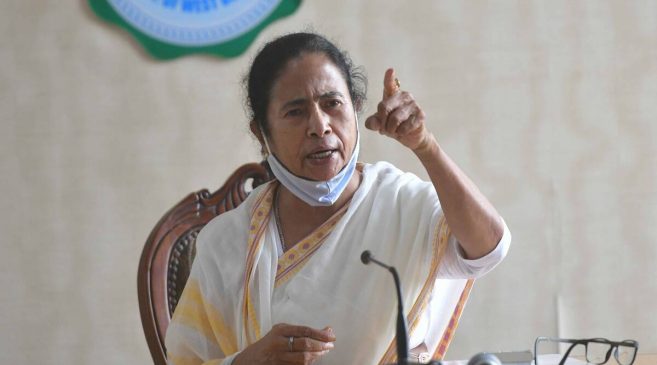Chief minister Mamata Banerjee held a meeting on Wednesday to take stock of the situation and alert the district officials
The West Bengal government has sounded a high alert in three coastal districts ahead of the spring tide (full moon tide) on Friday when the water levels in the rivers and sea is expected to swell by a few metres.
“Due to the spring tide, the water level in the rivers and sea is expected to rise at least a metre high over and above the daily high tide levels. The water level could touch 5.67m at Sagar near the confluence of the Ganges and the Bay of Bengal. During the daily high tide, the water level reaches around 4.5m,” said an official, who did not want to be named.
Chief minister Mamata Banerjee held a meeting on Wednesday to take stock of the situation and alert the district officials.
The state has received excess rainfall since June 1. The India Meteorological Department has predicted more rains. The state usually receives around 226 mm rain till June 23. This year, it has received 315 mm so far.
“The coastal district of South 24 Parganas received 84% excess rain while East Midnapore received 63% excess rain during this period. Kolkata too received 83% excess rain,” said an official, who did not want to be named.
Cyclone Yaas also inflicted severe damage to the sea dykes and river embankments in the coastal areas and Sunderban islands. Not all the damages could be repaired properly as the monsoon has set in.
Officials fear if some of the weaker and damaged sections of embankments collapse, some of the villages will be flooded again.
A storm surge triggered the maximum damage when Cyclone Yaas hit on May 26 . The cyclone coincided with the perigean spring tide (which occurs when the moon is closest to earth) and triggered the storm surge of 7m-8m high. Several villages were flooded and caused damage to property worth thousands of crores.
The neighbouring states of Jharkhand and Bihar have also received excess rain.
“When the neighbouring states receive excess rain, they release water from the dams. As a result, some of our districts including Howrah, Hooghly, Burdwan get flooded. The district administrations have been alerted,” said another official, who did not want to be named.



































